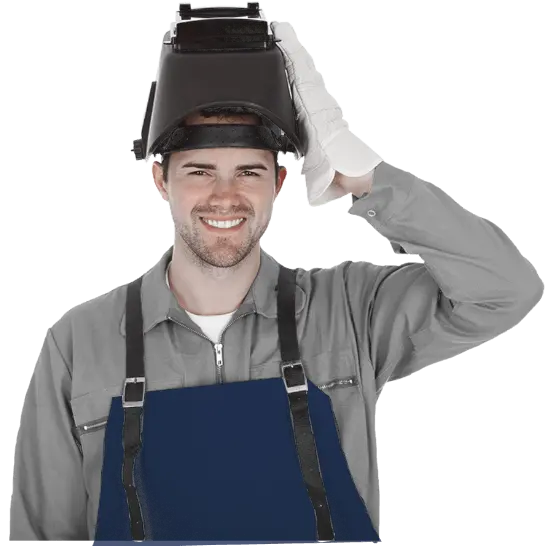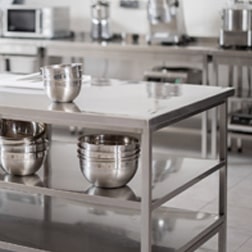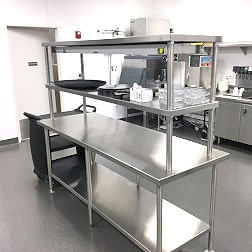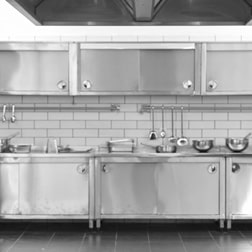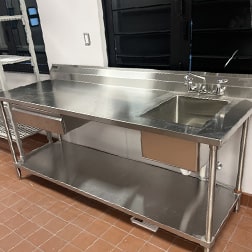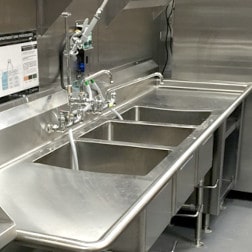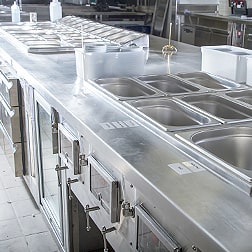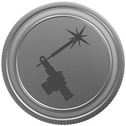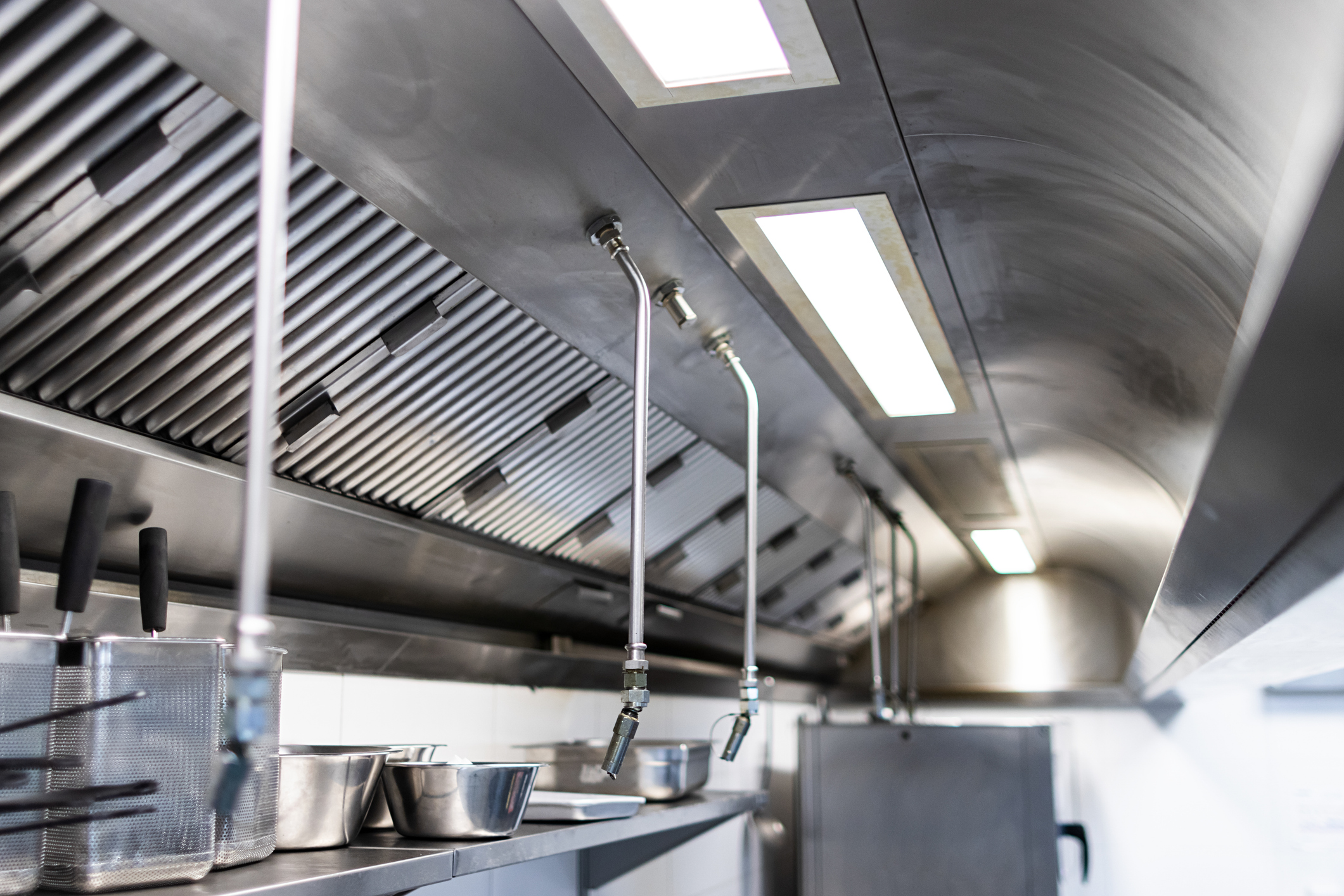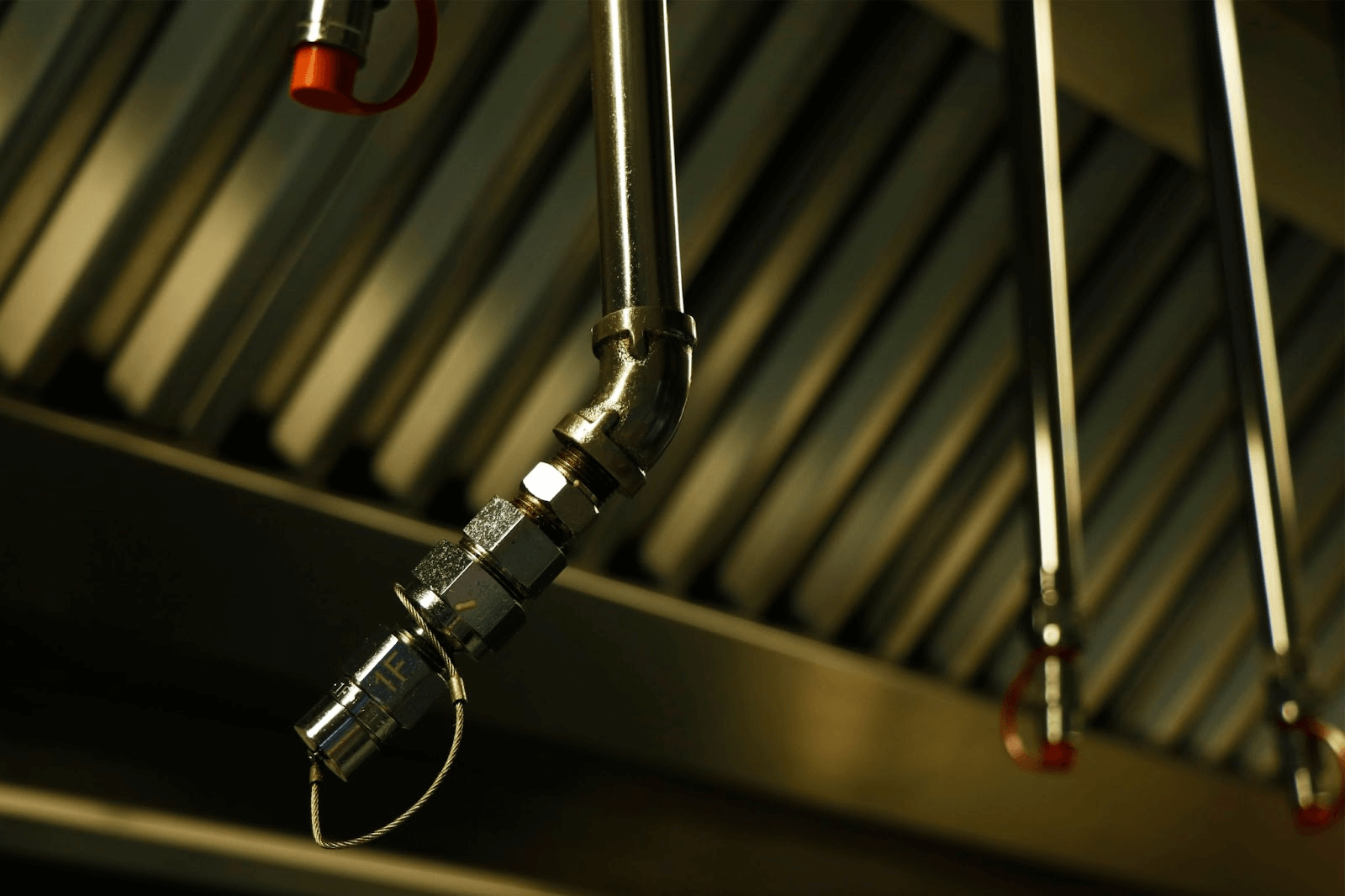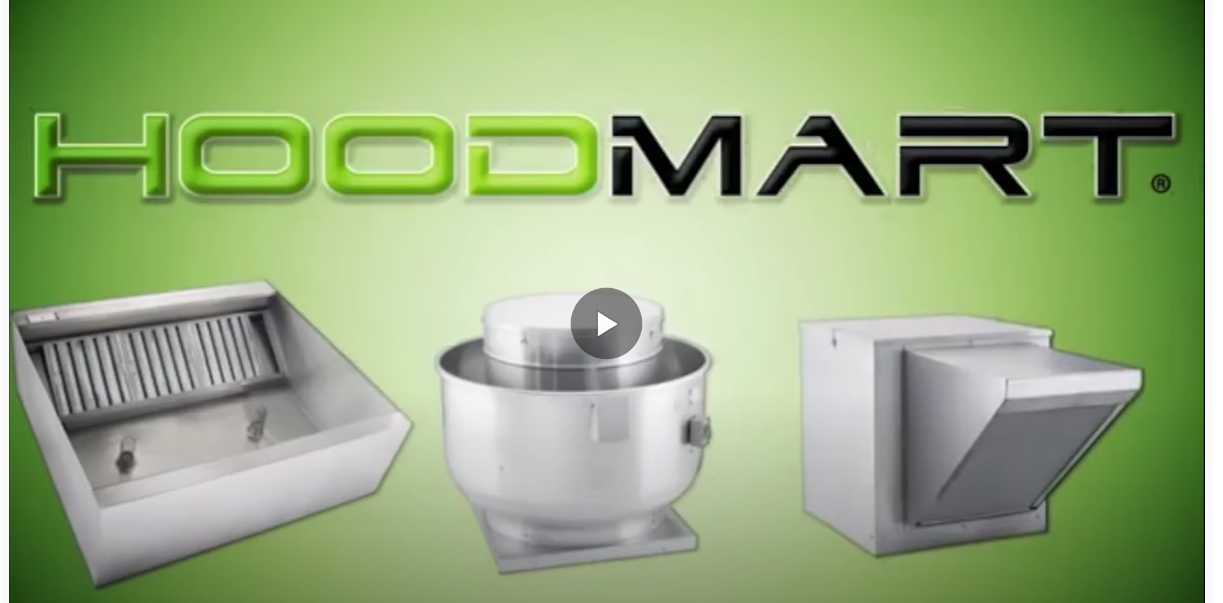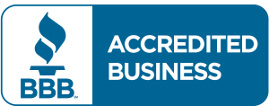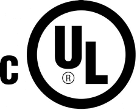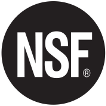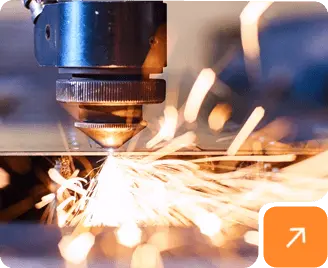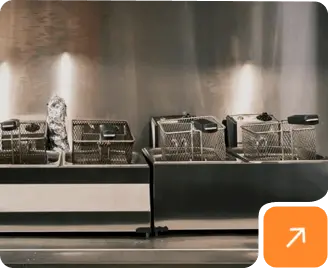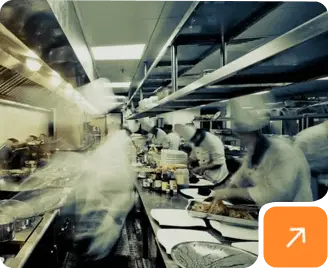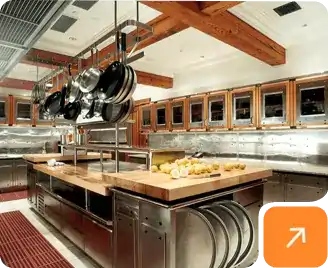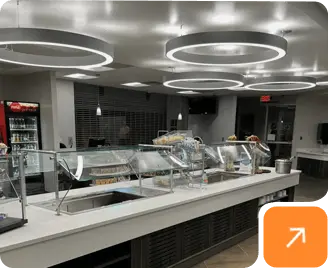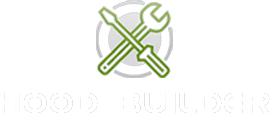What To Expect With An Exhaust Hood Installation In A Commercial Kitchen
- July 06, 2022
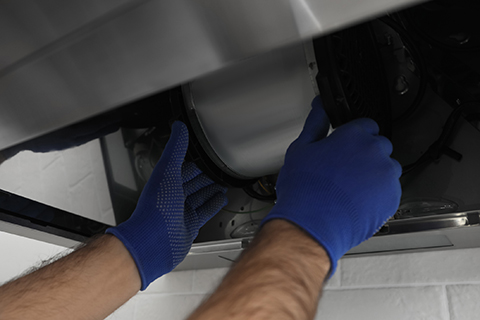
Exhaust hood systems are one of the most vital pieces of equipment in any kitchen space. The exhaust hood helps keep a healthy air quality throughout the kitchen and restaurant, and also helps keep the kitchen space cleaner by removing contaminants such as grease, smoke, and other grime from building up in the kitchen. Exhaust hoods are constantly running so they require regular maintenance and cleaning to ensure that they are running properly. Even with the regular maintenance and cleaning you may find yourself in need of replacing your exhaust hood at some point in your restaurant’s life. Whether it’s replacing a damaged exhaust system, upgrading to a more substantial system, or installing a brand new system into a brand new kitchen space, it is absolutely essential to make sure you work with a reputable and experienced hood install company. Each exhaust hood system is unique to the kitchen space that it is to be installed in and therefore each installation will be unique which is why working with an experienced company is the way to go when handling your new exhaust hood system installation.
The first step with any exhaust hood installation is coming up with a course of action plan that takes into account any and all items that need to be addressed - whether it be restaurant operating hours, local building codes, or unique installation requirements due to your building’s construction. Through proper planning down to the most minute details you can help ensure that the installation goes smoothly and that all NFPA guidelines and local building codes are met and able to pass inspection. Review the plan with your hood installation company and make sure that any requests or needs that you have are addressed before the installation begins. Here are a few other items that your installers should cover but you may want to review ahead of the installation to ensure you are happy with the set up. Once the system is installed any updates to the system layout or design will require downtime in your kitchen so keep that in mind.
The location of the hood is probably the most important part of the installation since it needs to be hung over the cooking area, but also needs to be installed in a way so that it is properly supported by wall sections that can properly hold the weight of the hood and accessories. Not only is the location important to ensure a good structural support of the hood weight but also local and national building codes must be factored into the location to ensure that the height of the hood system is in compliance. A professional hood installation company should know all local and national codes they need to follow so that the hood is installed securely and at proper height from the ground, otherwise you are at risk of being in violation of code.
Once the location is determined the installers will have to plan out the ductwork, including layout, length of the ductwork, and any other items that may be needed to ensure proper ventilation. The ductwork is the pathway for the dirty air to be expelled and the clean air to be replaced which is why it is important to have the ductwork planned out and installed by a professional. If the ductwork welding is done poorly with any gaps or leaks your system will not run properly. A small leak that goes unnoticed during a poor installation may not be a big deal at first but over time it will begin to wear away at the exhaust hood fans by causing them to overwork. Overworking leads to excessive wear-and-tear on internal components and belts and can eventually lead to damage to the system - so make sure you get the ductwork installed properly the first time and avoid the future headaches.
Proper planning also includes locating and testing all electrical components in the kitchen ahead of the installation. The last thing you want is for the installers to get everything set up, and then when they go to do an initial start of the exhaust system they find out there’s no power going to the unit and it’s because the outlet it’s hooked into doesn’t have power. The last part of the planning and installation process will be added the accessories, such as hood grease filters, grease cups, proper lighting and bulbs, and other accessories that are needed once the actual hood is hung and installed. When all of the complex pieces of the hood installation are completed you should have a fully functioning exhaust hood system that is guaranteed to pass code, and that is why you should always go with a professional hood installation service that will provide the proper planning and extensive installation knowledge to make sure your install process goes as smoothly as possible. HoodMart provides our customers with a wide range of exhaust hood systems - from Compensating (Short Cycle) to Perforated Supply Plenum PSP - as well as all exhaust hood accessories such as no weld Grease Duct, hood filters, canopy hood lights, and curbs. If you still have questions regarding the purchase of your hood system, please feel free to contact one of our experts today by calling us at 1.800.715.1014 or by contacting us through our live chat system.



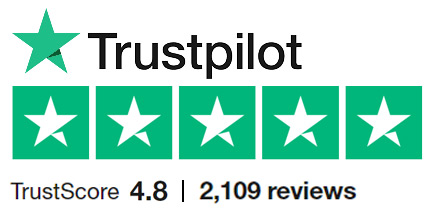




 CUSTOM FABRICATOR
CUSTOM FABRICATOR